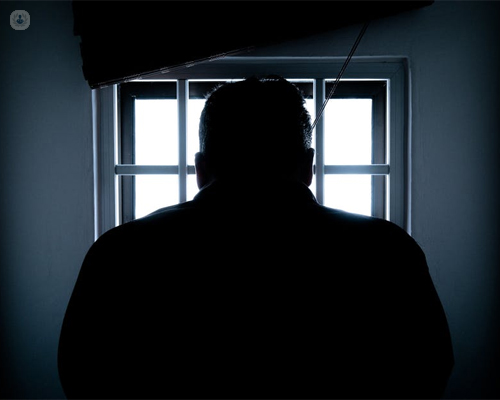Nightmares and night terrors, parasomnias most common
Written by:Parasomnias are a group of sleep disorders formed by all those alterations of the patient's behavior while sleeping. Nightmares and night terrors are some of the most common parasomnias.
The nigthmares
Nightmares are a very common disorder in childhood, affecting between 10% and 50% of children between 3 and 6 years of age. Occur during REM sleep , in the second half of the night. These are dreams with terrifying content that awaken those who suffer from them. This awakening occurs rapidly and moderate agitation is experienced, with palpitations and an increase in respiratory rate. Normally the subject remembers the content of the dream.
If the nightmares are very intense and appear frequently, they have a detrimental effect on the quality of life of the patient. Although they are more common in childhood they can also occur in adulthood. In this case, stress and traumatic episodes make them worse. In the treatment of the disorder techniques of relaxation and confrontation to the content of the nightmare are used. The problem can subside in a short space of time if the process is actively followed.

The night terrors
Night terrors are also frequent in childhood, between 3 and 5 years. They usually disappear once they reach adolescence, being uncommon in adults.
Children who suffer from the disorder wake up in phases III and IV of sleep, during the first third of the night. The awakening is accompanied by a loud scream and, unlike in nightmares, occurs in a state of confusion. In addition, there are signs of more intense autonomic activation, such as tachycardia and sweating.. The parents will come to the child's aid when they hear their screams and will notice that they are not aware of what happened and have difficulties in responding to them. Unlike in nightmares, the content of the dream is not remembered in the morning.


